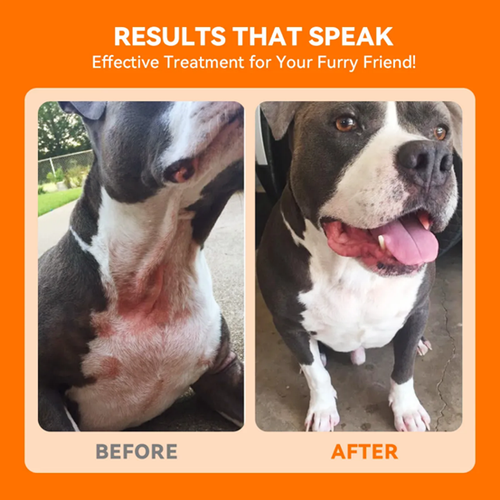Welcoming a dog into your life brings joy, but responsible pet ownership includes prioritizing dog bite safety. This guide delves into various facets of ensuring a secure environment for both pets and humans.
Table of Contents
Understanding Canine Behavior
Understanding your dog’s body language is paramount for dog bite safety. Tail wagging, ear positioning, and eye contact convey crucial information about their emotions. By interpreting these signals, you can create a safer interaction environment.
Socializing your dog from a young age is a cornerstone of dog bite safety. Exposure to diverse environments, people, and other pets helps them become well-adjusted, reducing the likelihood of aggressive behavior.
Establishing Safe Spaces
Dog bite safety begins at home. Ensure your living space is dog-friendly by removing potential hazards and providing a comfortable area with toys and bedding. This reduces stress and minimizes the risk of unexpected bites.
When venturing outside, leash etiquette is crucial. Keep your dog on a leash to prevent unexpected encounters that could lead to bites. This practice safeguards both your pet and others in shared spaces.
Training for Safety

Training your dog in basic commands enhances dog bite safety. Commands like “sit,” “stay,” and “leave it” contribute to better control in various situations, fostering a secure environment for everyone involved.
Embrace positive reinforcement techniques to encourage good behavior. Rewarding desirable actions reinforces a sense of trust and camaraderie, diminishing the likelihood of aggressive tendencies.
Recognizing Warning Signs
Understanding what triggers your dog is pivotal for dog bite safety. Whether it’s food aggression or fear, recognizing and addressing these triggers can prevent unwanted incidents.
Dogs are naturally territorial. Recognizing and respecting their territorial instincts contributes to a safer environment. Ensure visitors approach with caution, allowing your dog to acclimate to new faces.
Dog Bite Safety in Specific Scenarios
Supervision is key when dogs and children interact. Teach youngsters to respect a dog’s space and provide education on safe play. This ensures a positive relationship and minimizes the risk of bites.
Approaching an unfamiliar dog requires caution. Always ask the owner for permission and allow the dog to initiate contact. Respecting the dog’s comfort zone is fundamental for dog bite safety in such situations.
Frequently Asked Questions (FAQs)
How Can I Prevent Dog Bites at Home?
Creating a safe home environment involves removing potential hazards, providing proper training, and understanding your dog’s behavior. Regular exercise and mental stimulation also contribute to a well-balanced, non-aggressive pet.
What Should I Do If a Dog Approaches Aggressively?
If a dog approaches aggressively, remain calm and avoid direct eye contact. Stand still, and if possible, offer an item for the dog to sniff, diverting its attention. Do not run, as this may trigger a chase response.
Is Breed a Factor in Dog Bite Incidents?
While breed stereotypes exist, any dog, regardless of breed, can bite under certain circumstances. It’s crucial to assess individual temperament and behavior rather than relying on stereotypes.
Can Training Really Prevent Dog Bites?
Yes, proper training significantly reduces the risk of dog bites. Teaching basic commands, socializing your dog, and using positive reinforcement techniques contribute to a well-behaved and non-aggressive pet.







